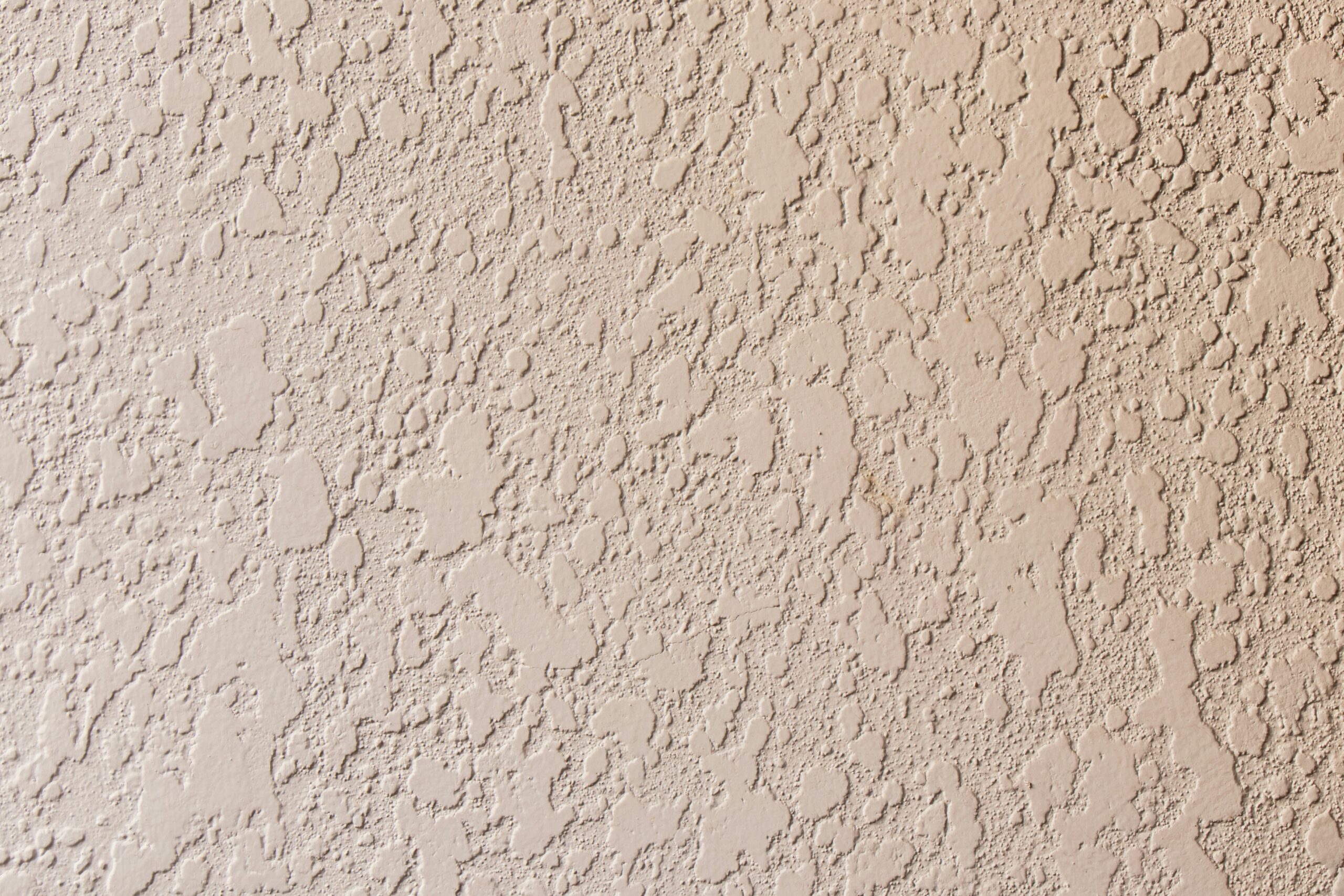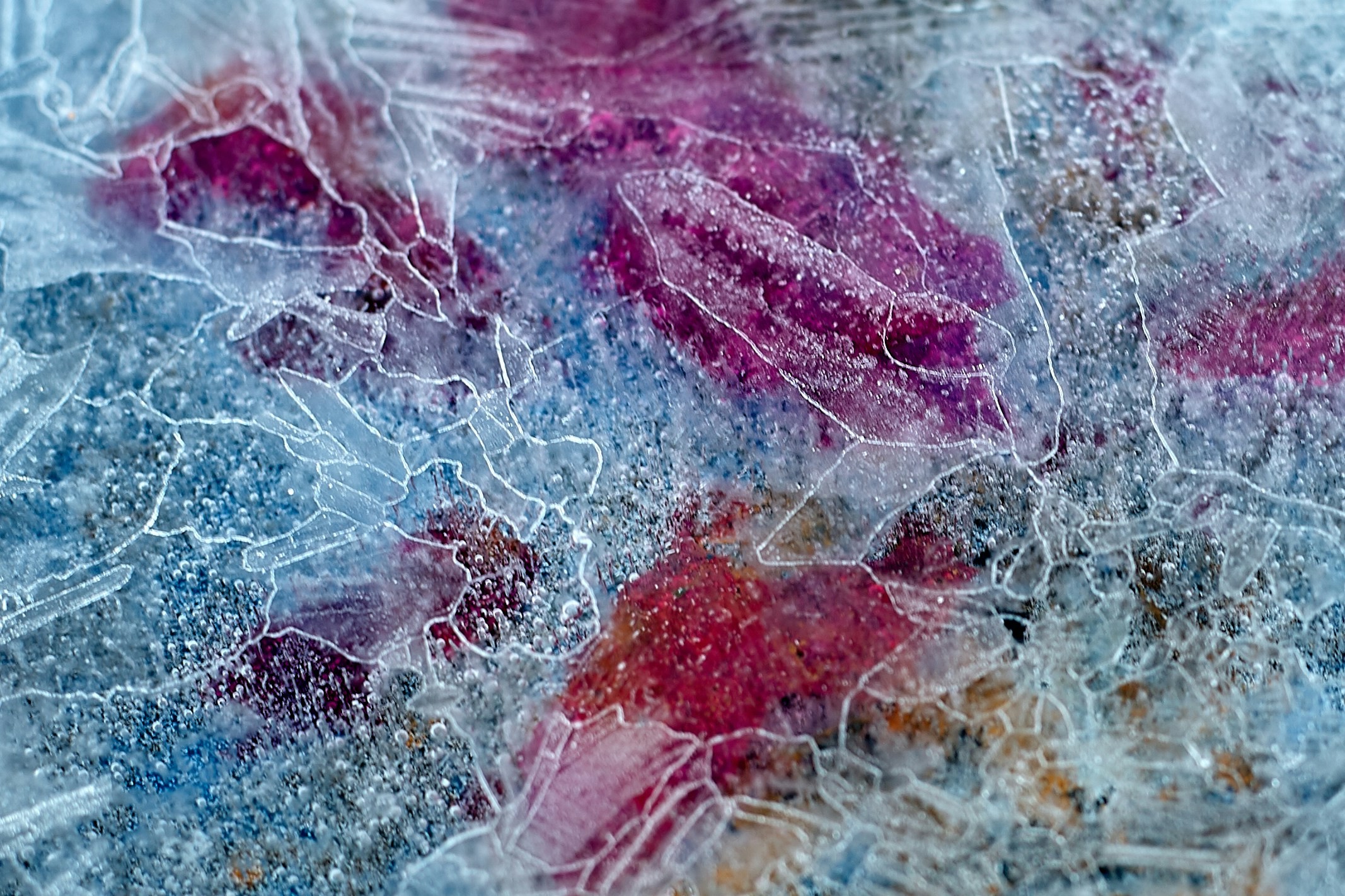Ever found yourself staring at a suspicious patch of discoloration on your wall, wondering if it’s harmless dirt or the harbinger of financial ruin? Yeah, us too. Mold isn’t just unsightly—it can be toxic. And here’s the kicker: mold-related claims on insurance are skyrocketing, with an estimated 25% increase in homeowner disputes over mold coverage in recent years.
In this post, we’ll unpack everything you need to know about Mold Health Risk Assessments, from understanding why they’re critical to protecting your health and finances, to navigating the often-murky waters of mold insurance. Let’s dive in!
Table of Contents
Key Takeaways
- Mold health risk assessments identify potential hazards before they escalate.
- Insurance policies often exclude mold unless explicitly stated—read your fine print.
- A proactive approach saves thousands in remediation costs and medical bills.
- The best tools include DIY test kits, professional inspectors, and moisture meters.
The Mold Problem Explained
Let me tell you about the time I ignored a damp smell coming from my basement. Big mistake. Within weeks, the entire space was covered in black splotches, resembling some kind of abstract art project gone wrong. Not only did I have to rip out drywall (and cry over lost storage), but my kid also started wheezing constantly.
Turns out, mold doesn’t just look gross; it can seriously mess with your respiratory system. Symptoms range from sneezing and coughing to chronic fatigue—and yes, even neurological issues. The EPA warns that prolonged exposure increases risks exponentially, especially for those prone to allergies or asthma.

This is where mold health risk assessments come into play. These evaluations are designed to catch problems early so you don’t end up like me—a stressed-out adult Googling “can mold eat furniture?” at midnight.
How to Conduct a Mold Health Risk Assessment
Optimist You: “It’s super easy to conduct one of these checks!”
Grumpy You: “Yeah, assuming your house cooperates…”
Step 1: Identify Likely Areas
Check basements, bathrooms, attics, and anywhere else moisture loves to linger. Pay attention to musty smells, condensation buildup, and water stains.
Step 2: Use a Moisture Meter
Pick up a basic $30 moisture meter. It’s chef’s kiss for detecting damp zones hiding beneath walls or floors.
Step 3: Collect Samples
If you spot suspect patches, use a home testing kit (available online) or call in a pro for air quality sampling.
Step 4: Interpret Results
Consult a certified hygienist or cross-reference results against industry standards. Sound fancy? It kinda is—but totally worth it.
Mold Insurance Basics You Need to Know
Now let’s talk dollars because who *doesn’t* love financial headaches? First rule of thumb: Most standard policies won’t cover mold damage caused by neglect. So if Mr. Patch-in-the-Wall tells you otherwise? Run.
That said, many companies offer endorsements—or extra add-ons—to protect against certain types of mold incidents. Look into options like:
- Flood-related mold coverage.
- Specific mold riders attached to existing plans.
- Sump pump failure clauses.
Here’s the brutal truth no one likes to admit: You probably won’t read every word of your policy. But hey, knowledge is power—or at least less screaming when disaster strikes.

Best Practices for Dealing With Mold
- Fix leaks immediately. Seriously, not next weekend.
- Ventilate damp areas regularly—think fans, dehumidifiers, etc.
- Clean visible mold promptly using non-toxic solutions.
- Nope, bleach alone won’t cut it. Try hydrogen peroxide mixes instead.
Pro Tip: Keep receipts for all mold-related expenses—they might save you during future claims!
Real-Life Examples of Mold Disasters
Remember Sarah Johnson from Ohio? Her family battled mysterious illnesses for years until a simple $75 inspection revealed black mold lurking behind their kitchen cabinets. Total cleanup bill? Over $8k—and uninsured.
Then there’s Tom, whose leaky roof turned his attic into a fungal paradise. He now advises everyone to “just get it checked” before things spiral out of control.

FAQs About Mold Health Risks and Insurance
Do All Insurance Policies Cover Mold?
Nope. Standard homeowners’ insurance typically excludes mold resulting from poor maintenance.
What Should I Expect During an Assessment?
An assessor will inspect suspected sites, take samples, and analyze them for toxicity levels.
Can I Test For Mold Myself?
You can buy kits, but professionals provide more accurate results (and peace of mind).
Conclusion
So, what’s the bottom line? Mold health risk assessments aren’t optional anymore—they’re essential. By staying ahead of mold issues, you safeguard not just your home but your wallet and wellbeing too.
Like a Tamagotchi, your insurance policy needs regular care. Neglect it, and boom—you’ve got trouble brewing faster than coffee spills on Monday mornings. Stay vigilant, stay informed, and remember: sometimes prevention truly is the best cure.


